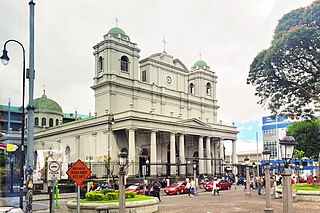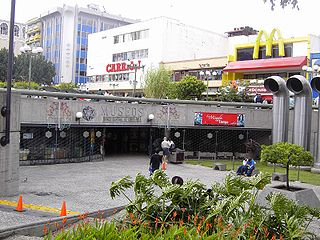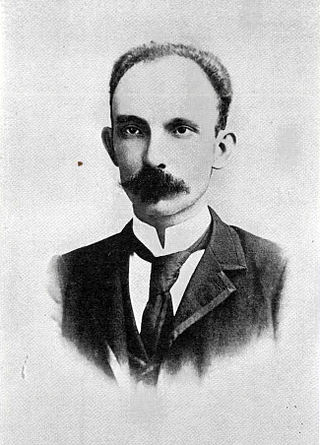Self-guided Sightseeing Tour #1 in San José, Costa Rica
Legend
Guided Free Walking Tours
Book free guided walking tours in San José.
Guided Sightseeing Tours
Book guided sightseeing tours and activities in San José.
Tour Facts
1.8 km
30 m
Experience San José in Costa Rica in a whole new way with our free self-guided sightseeing tour. This site not only offers you practical information and insider tips, but also a rich variety of activities and sights you shouldn't miss. Whether you love art and culture, want to explore historical sites or simply want to experience the vibrant atmosphere of a lively city - you'll find everything you need for your personal adventure here.
Activities in San JoséIndividual Sights in San JoséSight 1: Catedral Metropolitana de San José
The Metropolitan Cathedral of San José Spanish: Catedral Metropolitana is a cathedral in San José, Costa Rica, located on Calle Central and Avenues 2 and 4. The original cathedral was built in 1802 but was destroyed by an earthquake.
Sight 2: Monseñor Víctor Manuel Sanabria Martínez
Víctor Manuel Sanabria Martínez was a Costa Rican priest, doctor of canon law, bishop of Alajuela, vicar general of the Metropolitan Curia, theological canon of the Metropolitan Chapter and II archbishop of San José from March 7, 1940 until his death.
Sight 3: Teatro Nacional
Get Ticket*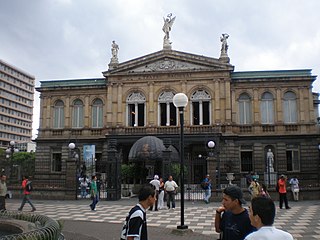
The 1,140-seat National Theatre of Costa Rica is Costa Rica's national theatre, located in the central section of San José. Construction began in 1891, and it opened to the public on 21 October 1897 with a performance of Johann Wolfgang von Goethe's Faust.
Sight 4: Museo del Oro Precolombino
The Pre-Columbian Gold Museum is a museum in San José, Costa Rica. It is located in a subterranean building underneath the "Plaza de la Cultura" and is owned and curated by the Banco Central de Costa Rica. The museum has an archaeological collection of 3,567 Pre-Columbian artifacts made up of 1,922 ceramic pieces, 1,586 gold objects, 46 stone objects, 4 jade, and 9 glass or bead objects. The gold collection dates from 300 to 400 BC to 1550 AD. The collection includes animal figurines, amulets, earrings, erotic statuettes and several dioramas including El Guerrero, a life sized gold warrior figure adorned with gold ornaments in a glass case and a detailed scale model of a Pre-Columbian village. There is also a replica of a pre-Columbian grave containing 88 gold objects which was unearthed on a banana plantation in southeastern Costa Rica in the 1950s. In Costa Rican history, gold was considered a symbol of authority and the items are testament to the craftmanship of the Pre-Columbian period.
Sight 5: Museo del Jade y la Cultura Precolombina
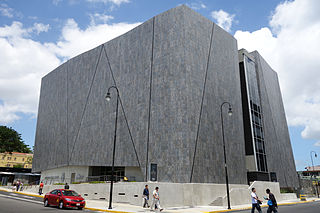
The Museo del Jade is an archaeological museum in San José, Costa Rica. Since 2014, it has been located in front of Plaza de la Democracia. It was founded in 1977 by Fidel Tristán Castro, the first president of the INS. The museum contains the world's largest collection of American jade.
Sight 6: Museo de Arte y Diseño Contemporáneo
The Museum of Contemporary Art and Design, founded in 1994, is a Costa Rican museum, specialising in contemporary Central American art and design, but also representing international work in the field. To comply with this ambitious idea, we define and promote, in a permanent way, the most recent tendencies and dynamics in the world of contemporary art and design.
Sight 7: José Martí
José Julián Martí Pérez was a Cuban nationalist, poet, philosopher, essayist, journalist, translator, professor, and publisher, who is considered a Cuban national hero because of his role in the liberation of his country from Spain. He was also an important figure in Latin American literature. He was very politically active and is considered an important philosopher and political theorist. Through his writings and political activity, he became a symbol of Cuba's bid for independence from the Spanish Empire in the 19th century, and is referred to as the "Apostle of Cuban Independence". From adolescence on, he dedicated his life to the promotion of liberty, political independence for Cuba, and intellectual independence for all Spanish Americans; his death was used as a cry for Cuban independence from Spain by both the Cuban revolutionaries and those Cubans previously reluctant to start a revolt.
Share
How likely are you to recommend us?
Disclaimer Please be aware of your surroundings and do not enter private property. We are not liable for any damages that occur during the tours.
GPX-Download For navigation apps and GPS devices you can download the tour as a GPX file.
